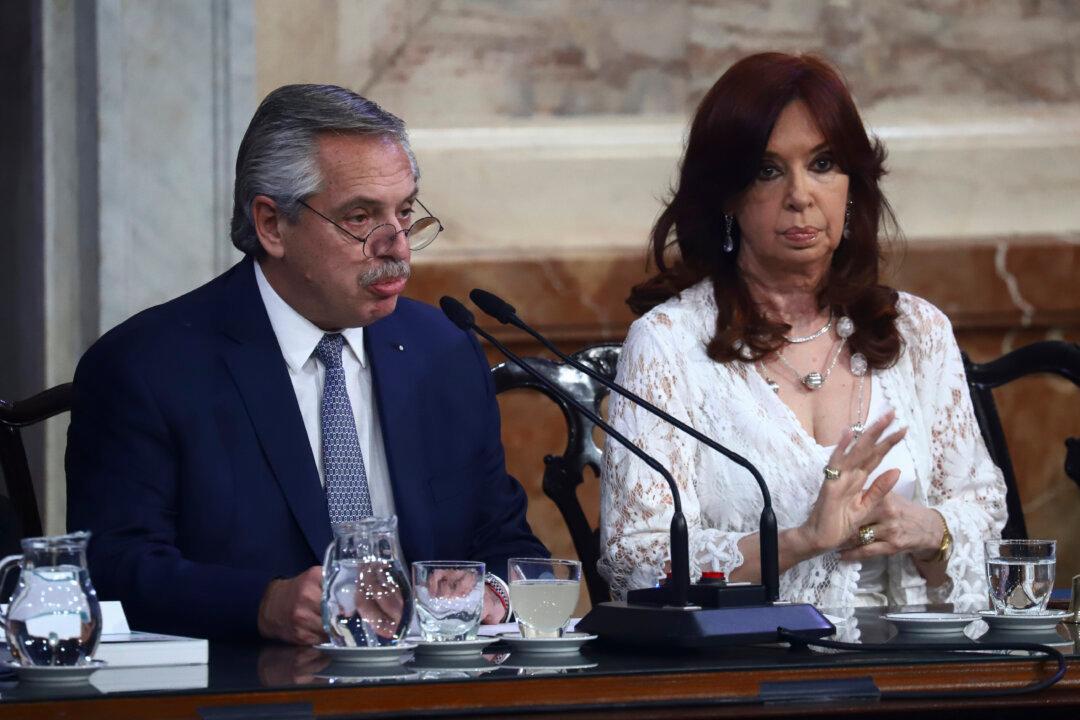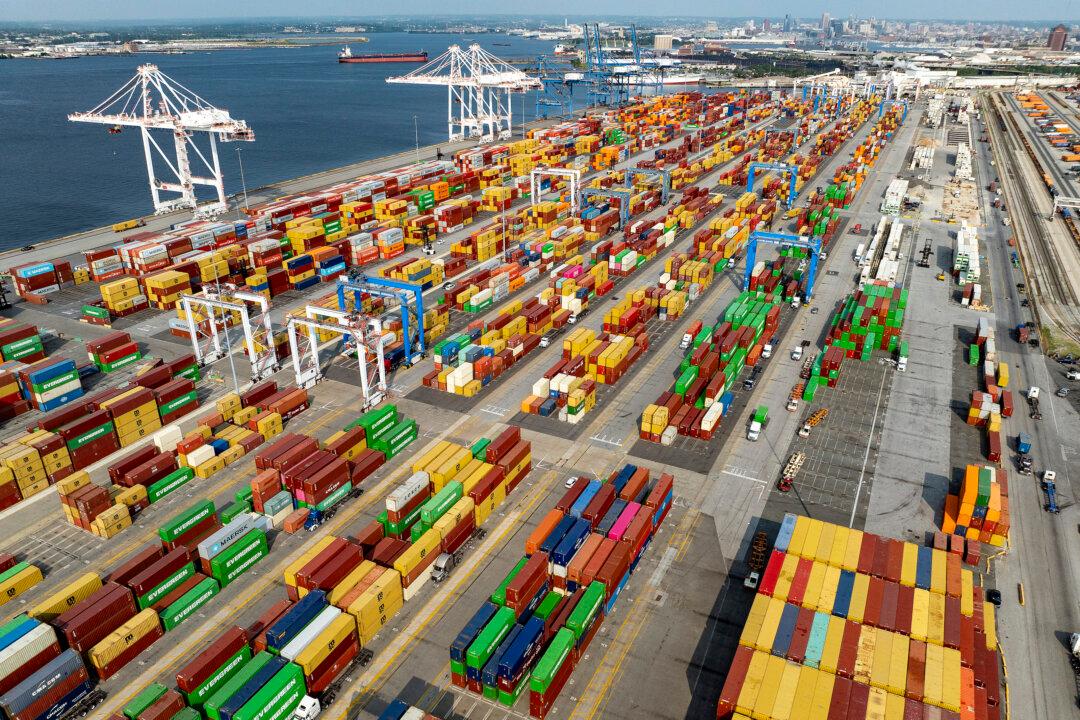Commentary
The latest estimates from consensus for the main Latin American economies show a continent facing a lost decade. The region’s GDP growth has been downgraded yet again to a modest 1.1 percent for 2023, with rising inflation and weakening gross fixed investment. Considering that the region was already recovering at a slower pace than other emerging markets, the outlook is exceedingly worrying.





